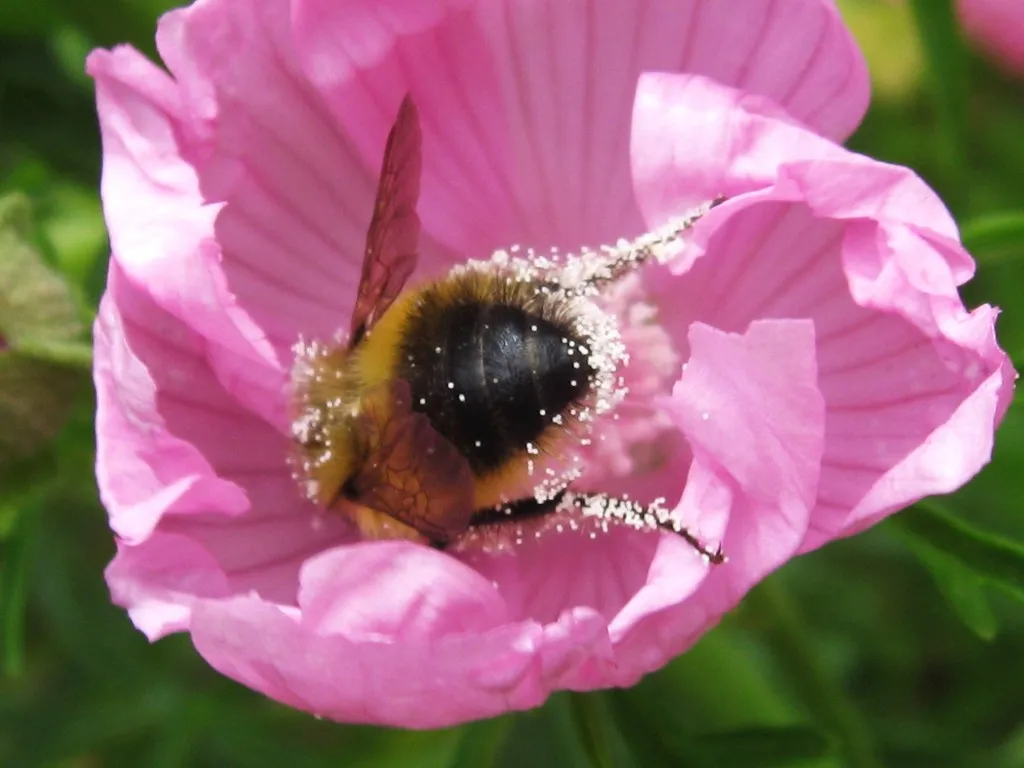Pollen menace due to rising temperatures: Since 1880, the global temperature has risen by 0.08 degrees Celsius every decade. But, the rate of warming since 1981 has almost doubled. The year 2021 itself was the sixth-warmest year on record.
EFFECT ON POLLINATION
With increasingly unpredictable seasonal changes and shorter winters, pollination in plants and grasses begins way before its stipulated time, preceding early spring in many countries in the temperate regions, like the USA. In the countries of the tropics, pollination occurs almost all throughout the year given the climate. For example, of the several allergies that such pollen and even mold spores for that matter can cause, the most heard of is hay fever. Although it might show symptoms of fever and cold, that can simply be attributed to our immune system’s response to the pollen, assuming it to be a threat.

HEALTH EFFECTS
The spread of pollen is known to worsen the condition of people suffering from asthma. According to WHO, asthma affected almost 262 million people globally in the year 2019 and caused as many as 455000 deaths worldwide. Interestingly, it is not the pollen itself that induces allergic reactions. But, the air pollutants that bind to them and are small enough to enter the respiratory tracts. Pollen grains also release biologically active lipids, that trigger reactions from our immune cells.
Damage to the pollen cell wall, and eventual breakdown of the pollen due to its reaction with air pollutants, is known to increase the number of allergens in the environment. The allergic potential is also enhanced when these air pollutants are bound to pollen grains. Mold spores that are transported can often grow indoors, causing severe allergic reactions as they are proponents of mycotoxins and metabolites, and other by-products. Pollen is also a cause of allergic conjunctivitis that leads to irritation and swelling of the eye’s conjunctiva.
INDOOR POLLUTION
The problem with poor air quality is not limited to the outdoor world anymore. According to the Environmental Protection Agency, the air quality indoors can be as bad as 2 to 5 times that of the outdoors and has proven to exceed 100x as well on occasion. Rising temperatures globally contribute to a steadily increasing pollen count. Warm and dry weather with steady winds is the most conducive for an increase in pollen count in the atmosphere leading to a wide variety of allergies.
SOLUTION
The pollen count is usually expected to be higher in the early hours. Hence, avoiding the outdoors can help prevent allergic reactions. Proper indoor environment management can help exposure to allergic elements by shutting the windows during extremely hot seasons, particularly during the early morning hours. Most of all, finding out what triggers your allergies can help in a world where you can be cautious but cannot always prevent a reaction.
Keep reading
- Lack of rain complicates life for those allergic to pollen
- Allergy season is getting worse, is climate change behind it?
You can connect with Ground Report on Facebook, Twitter, Koo App, Instagram, and Whatsapp and Subscribe to our YouTube channel. For suggestions and writeups mail us at GReport2018@gmail.com.








